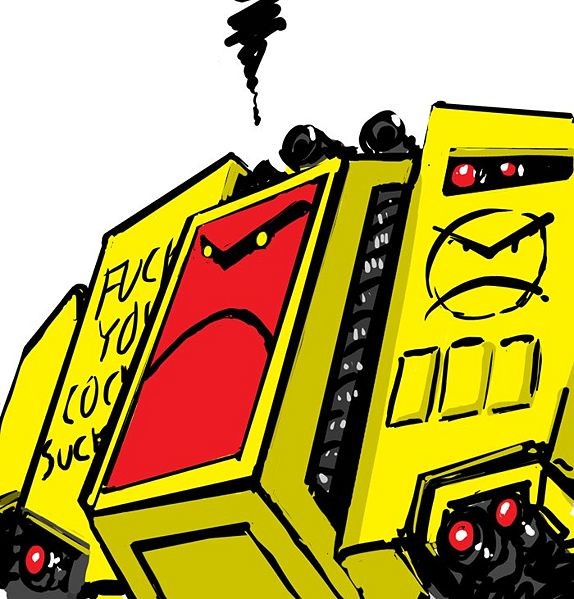

But it may take even longer than that before the nature of this American tragedy is clear: whether the storm of ’05 is remembered mainly as the worst natural disaster in our history or the worst response to a disaster in our history. It may be weeks before the lights come back on and months before New Orleans is mopped out, a year before the refugees resettle in whatever will come to function as home, even without anything precious from the days before the flood. Is it really possible, after so many commissions and commitments, bureaucracies scrambled and rewired, emergency supplies stockpiled and prepositioned, that when a disaster strikes, the whole newfangled system just seizes up and can’t move? Shattered too was a hope that four years after the greatest man-made disaster in our history, we had got smarter about catastrophe, more nimble and visionary in our ability to respond.

But by the time President Bush touched down in the tormented region on Friday, more than just the topography had changed.


 0 kommentar(er)
0 kommentar(er)
